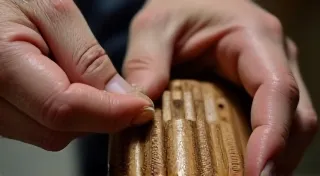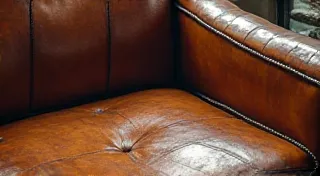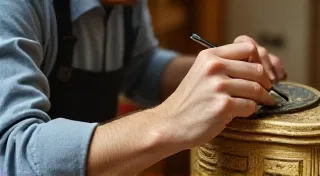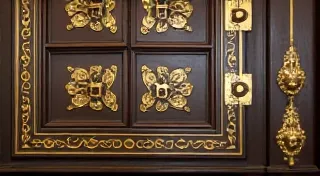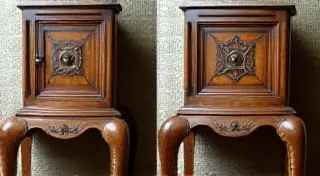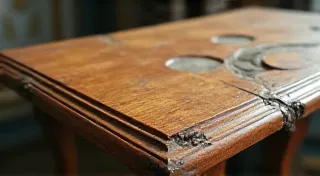Tools of the Trade: Essential Equipment for Antique Furniture Restoration
Restoring antique furniture is a rewarding craft, blending history, artistry, and a healthy dose of patience. While the internet overflows with DIY videos, successful restoration isn't just about technique; it's also about having the right tools. This guide breaks down the essential equipment needed, from basic hand tools to specialized machinery, covering a range of skill levels and budgets. We’re separating the 'nice-to-haves' from the absolute must-haves so you can build your arsenal strategically.
I. The Foundation: Essential Hand Tools
No matter your budget, starting with a good set of hand tools is crucial. These provide control, precision, and a deeper connection to the restoration process.
- Scrapers: A variety of sizes and shapes. Essential for removing old finishes without damaging the wood. Steel and bronze scrapers both have their place.
- Chisels: A set of good quality chisels – bevel edge, mortise, and a paring chisel – will be your best friends for delicate work and repair.
- Hand Saw: A Japanese pull saw or a dovetail saw provides incredibly clean cuts for joinery repairs.
- Hammer: A claw hammer for general work, and a small tack hammer for more delicate operations.
- Pliers: A selection of pliers – needle-nose, flat-nose – for removing nails and staples.
- Screwdrivers: A comprehensive set of screwdrivers, both flathead and Phillips head, in various sizes. Antique furniture often uses unusual screw types, so be prepared to expand your collection.
- Measuring Tools: A good quality steel rule, combination square, and a flexible tape measure are indispensable.
- Sandpaper: A wide assortment of grits, from coarse to very fine. Consider investing in sanding blocks for even pressure.
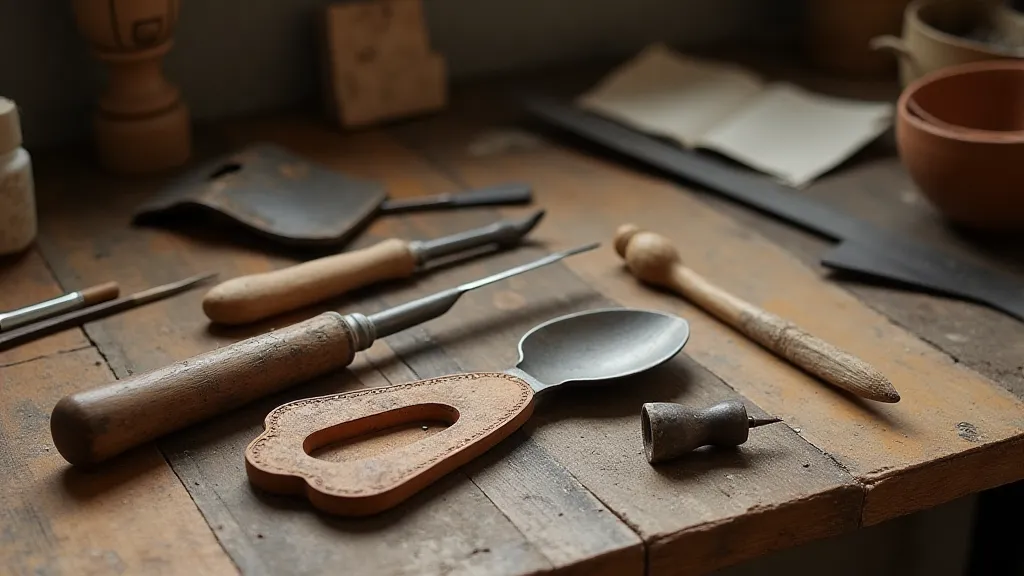
II. Leveling Up: Power Tools for Efficiency
Once you gain some experience, power tools can significantly speed up the restoration process, particularly for larger pieces or more extensive repairs. However, proceed with caution – power tools demand respect and careful technique to avoid damage.
- Electric Drill/Driver: A variable-speed drill/driver is essential for removing screws and making pilot holes.
- Random Orbital Sander: This is your go-to for smoothing surfaces and removing old finishes. Choose one with variable speed control.
- Belt Sander: Powerful for removing heavy finishes, but requires a very steady hand to avoid dishing or gouging the wood. Use sparingly and with low grit sandpaper.
- Detail Sander (Spindle Sander): Excellent for sanding intricate details and tight corners.
- Router (Optional): Can be helpful for shaping edges or creating decorative details, but isn't strictly necessary for basic restoration.
III. Specialty Tools: For the Experienced Restorer
As you progress in your antique furniture restoration journey, you might encounter situations requiring specialized tools. These are investments best made after you're comfortable with the fundamentals.
- Heat Gun: For softening old finishes, allowing for easier removal.
- Ultrasonic Cleaner: Useful for cleaning hardware and intricate details.
- Vacuum with HEPA Filter: Essential for containing dust and protecting your health.
- UV Light: For detecting repairs and alterations to the original finish.
- Spray Equipment (Optional): For applying finishes like stains and varnishes.
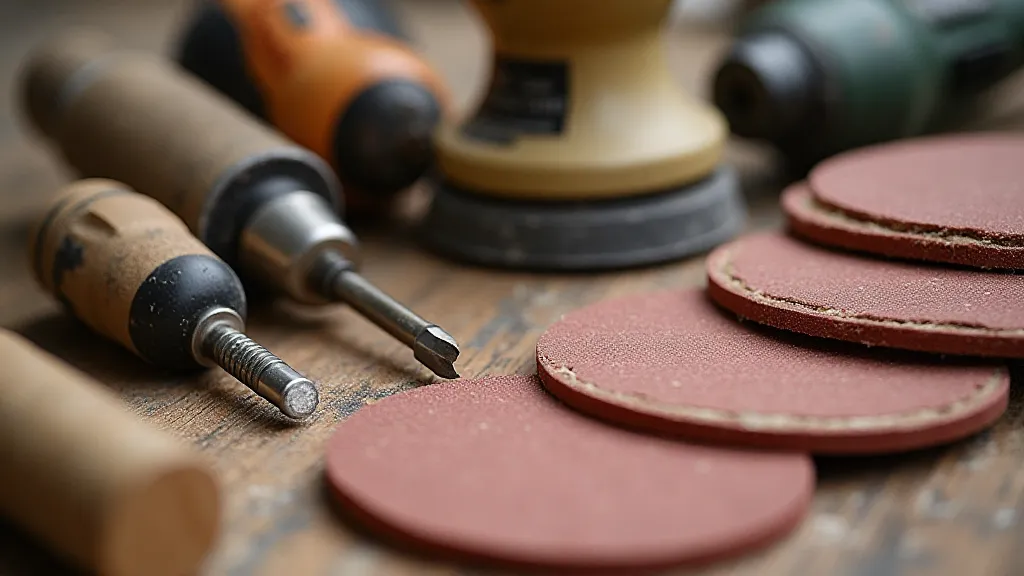
IV. Safety First!
Restoration work can be messy and involve potentially hazardous materials. Always prioritize safety.
- Safety Glasses: Protect your eyes from flying debris.
- Dust Mask or Respirator: Essential for protecting your lungs from harmful dust and fumes.
- Gloves: Protect your hands from chemicals and splinters.
- Hearing Protection: When using power tools.
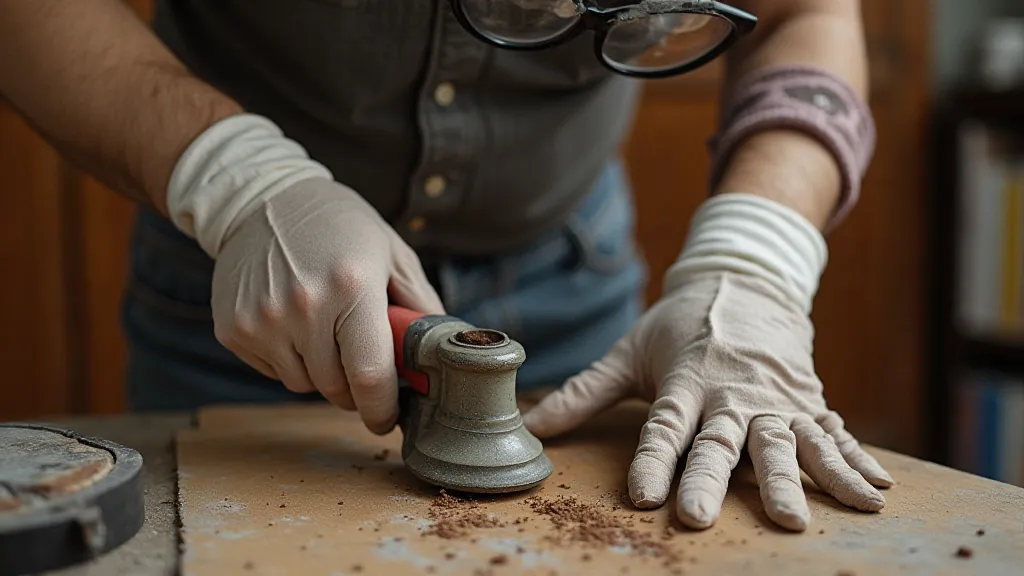
Building a well-equipped workshop for antique furniture restoration takes time and investment. Start with the essentials, prioritize quality over quantity, and expand your collection as your skills and projects evolve. Happy restoring!
